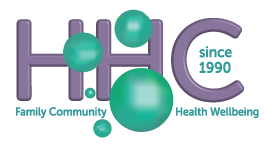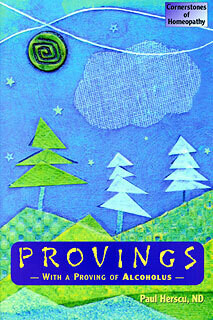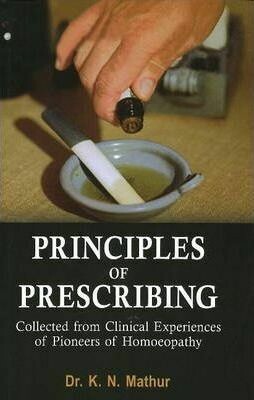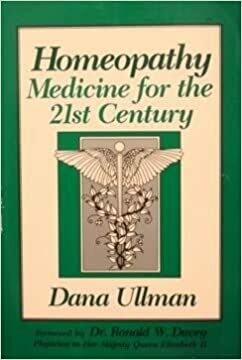Shop
Natural Medicine and Homeopathy Shop
Brookvale, Sydney, NSW (02) 99059415

Natural medicine products. New and second hand homeopathy textbooks and beginner books. Order on-line or drop-in to the clinic for professional advice. 2nd hand books.
RETURNS AND REFUNDS: Return your unused goods within 30 days with your receipt and you are eligible for a refund. Please read the full policy before purchase. SHIPPING: Our shipping costs are Standard Australia Post Fees.
Provings - With Proving of Alcoholus - Volume I * (Herscu)
Provings - With Proving of Alcoholus - Volume I * (Herscu)
Volume 1
Comprehending the applications of provings should not be relegated to first year homeopathic curriculum and then shelved for occasional reference. Keeping this cornerstone of our profession central in the homeopath’s mind will help practice outcomes from the initial prescription through long term follow-up care. The reason for this is that day-to-day practice follows exactly the same rules, protocols and outcomes that provings do.
These skills are described in this book. We first apply them to the provings, and then indicate how the same skills are useful to find the correct remedy for a patient. It is important for you, the practitioner, because understanding provings can dramatically sharpen your clinical skills, and help more of your patients get better.
In addition, this volume contains the first modern proving of Alcoholus, a remedy which has been used often and with good effect in the treatment of children with autism, attention difficulties, and behavior issues.
The first part of this book is dedicated to the model of provings from the physiologic perspective of Stress and Strain. It focuses, for the first time in homeopathy on a theory of what actually occurs during a proving, and then goes on to the application of that model. This part is organized into the following chapters:
Chapter 1 – describes the basic concepts of Stress and Strain as well as Cycles and Segments.
Chapter 2 – is devoted to why you, the homeopath should be interested in this topic, even if you are solely a clinician.
Chapter 3 – represents the model of what happens in a proving. This is new to homeopathy and lays a foundation for the understanding of provings.
Chapter 4 – describes why the concept and history of provings is important to the homeopath but equally important to the greater medical world.
Chapter 5 – illustrates the different methods of provings that are currently in vogue and discusses some of their shortfalls.
Chapter 6 – offers the reasoning behind why certain instruments of measurement are used in the proving; as well as the logic behind how to conduct a proving.
Chapter 7 – is devoted to the actual tools, resources and handouts used in conducting a proving.
Chapter 8 – conclusion
The second part of this book is dedicated to the remedy Alcoholus and contains the following chapters:
Chapter 9 – is devoted to the question, “Why choose this remedy to be proven?” It also contains information about the preparation of the remedy as well as a brief overview of the methodology of the proving. (For a more detailed description of the methodology, please refer back to Part One of this book.)
Chapter 10 – describes the interaction between alcohol and humanity throughout time. This further underscores why it was necessary to conduct a modern proving of this remedy.
Chapter 11 – focuses on the pathophysiology of alcohol ingestion, i.e., the effect upon human beings.
Chapter 12 – puts forth the materia medica of Alcoholus. It is based on the information gleaned from the provings and those symptoms confirmed in the clinical setting with patients.
Chapter 13 – describes a case of a child needing Alcoholus.
Chapter 14 – lists the rubrics I have added Alcoholus to.
Chapter 15 – is the copy from the actual journals of eighteen provers.
Author: Paul Herscu
Publisher: The New England school of Homeopathy Press
2002
Please note: This is a second hand book and may show signs of being loved by a previous owner: there may be wear and tear, corners may be creased, the previous owners name may be written inside the front page and even sometimes underlining of words. However, sometimes the book may also be new. Also the cover may vary from the one shown.









